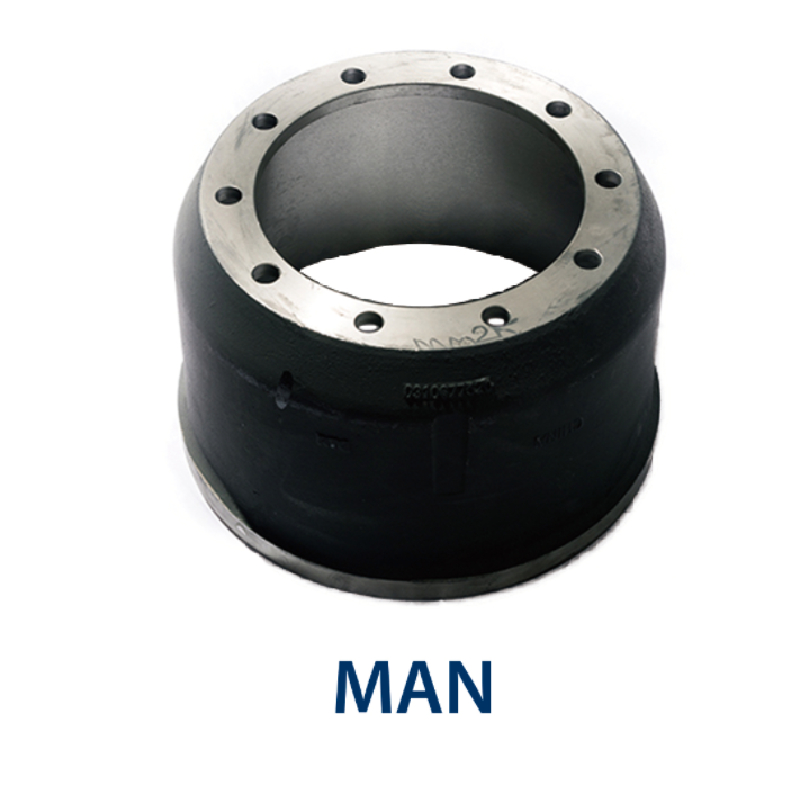ສ.ຫ. . 31, 2024 17:24 Back to list
brake pads vs brake drums
Brake Pads vs. Brake Drums A Comprehensive Comparison
When it comes to automotive braking systems, two primary components come into play brake pads and brake drums. Both serve the crucial function of stopping a vehicle, but their designs, mechanisms, and applications differ significantly. Understanding these differences can help car owners make informed decisions about their vehicle's maintenance and performance.
Brake Pads
Brake pads are an essential component of disc brake systems. They are typically made from a combination of materials, including metal, rubber, and various compounds, designed to create friction against the brake rotors. When the driver depresses the brake pedal, hydraulic pressure forces the brake pads against the spinning rotor, effectively slowing down or stopping the vehicle.
One of the main advantages of brake pads is their efficiency in dissipating heat. Due to their design, which typically utilizes open-air circulation around the rotors, brake pads resist overheating, making them suitable for high-performance vehicles and applications that require quick stops. Additionally, brake pads tend to have a shorter stopping distance compared to drum brake systems, enhancing overall safety.
However, brake pads have a downside; they tend to wear out more quickly than brake drums. Regular inspections and replacements are necessary, and the cost of high-performance pads can add up over time.
brake pads vs brake drums

Brake Drums
Conversely, brake drums are integral to drum brake systems, which rely on a different mechanism to create braking force. In this system, brake shoes are housed within a drum that rotates with the wheel. When the brake pedal is pressed, hydraulic pressure forces the shoes outward against the inner surface of the drum, creating friction that slows the vehicle down.
One of the significant benefits of brake drums is their ability to provide consistent braking power and smooth engagement. They often have a longer lifespan compared to brake pads, resulting in potentially lower maintenance costs over time. Additionally, drum systems tend to be more effective in certain applications, such as rear braking on trucks and older vehicles, where the load distribution benefits from the increased braking surface area of the drum.
However, brake drums can have several drawbacks. They are generally heavier than disc systems and can overheat more quickly, resulting in brake fade during prolonged use. Additionally, the enclosed design of the drum can make maintenance more challenging, as the components are less accessible.
Conclusion
Choosing between brake pads and drums ultimately depends on the type of vehicle, driving conditions, and individual preferences. While brake pads provide superior performance and heat dissipation for most modern vehicles, brake drums offer durability and cost-effectiveness for specific applications. Understanding these differences allows car owners to make better decisions regarding their vehicle's braking system and maintenance needs, ensuring safety and efficiency on the road.
-
Brake Drum Liza High-Quality Drum Brake & Shoe Solutions
NewsMay.29,2025
-
Brake Drum Liza Durable Drum Brake & Shoe Solutions for Vehicles
NewsMay.29,2025
-
Brake Drum Liza Premium Drum Brake Components & Shoes
NewsMay.29,2025
-
Brake Drum Man Durable Drum Brake Drums & Shoes Supplier
NewsMay.28,2025
-
Liza Brake Drum & Shoes Durable Drum Brake Components
NewsMay.28,2025
-
Brake Drum Man Premium Brake Drums & Shoes for Heavy-Duty Vehicles
NewsMay.28,2025
